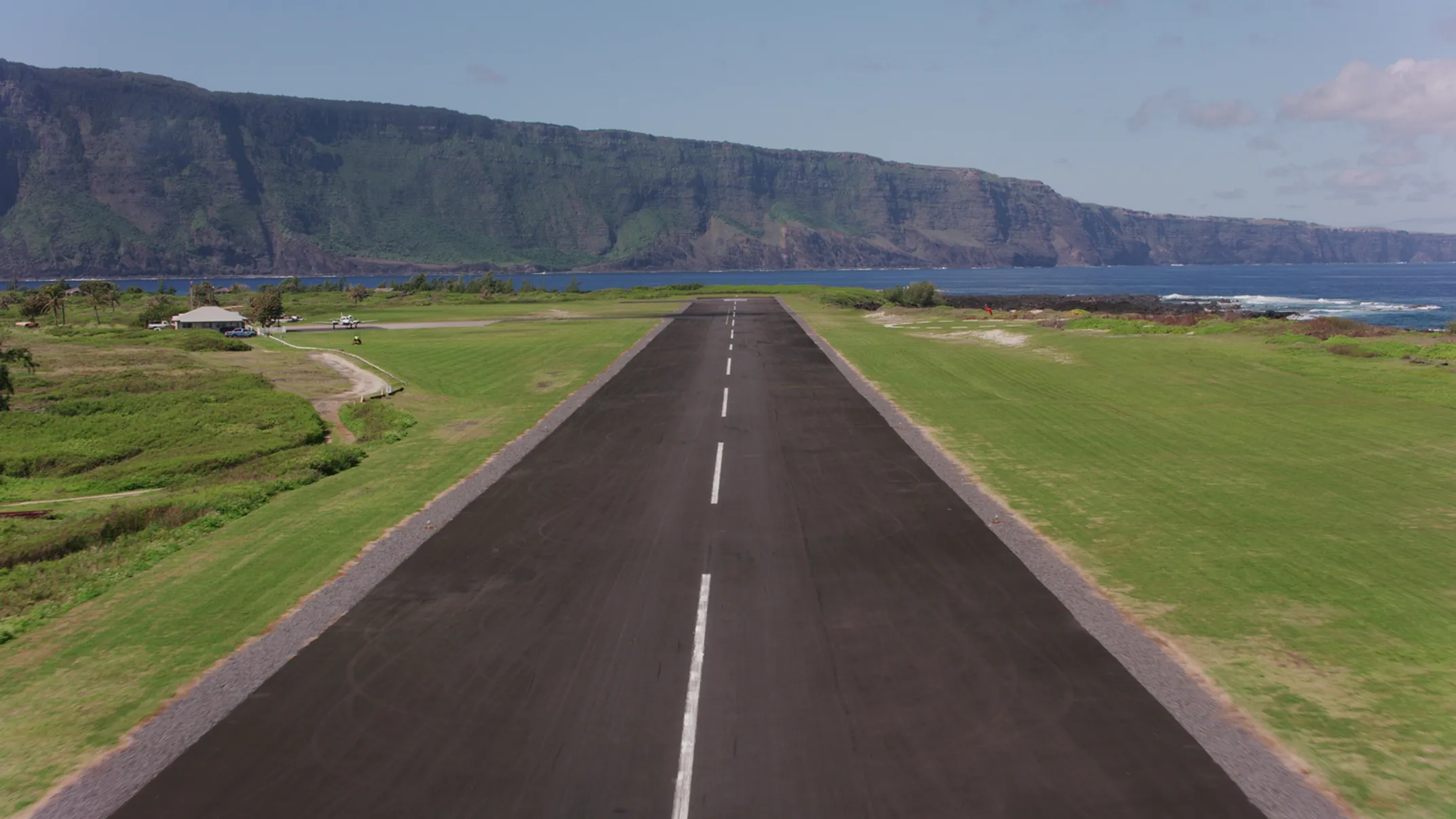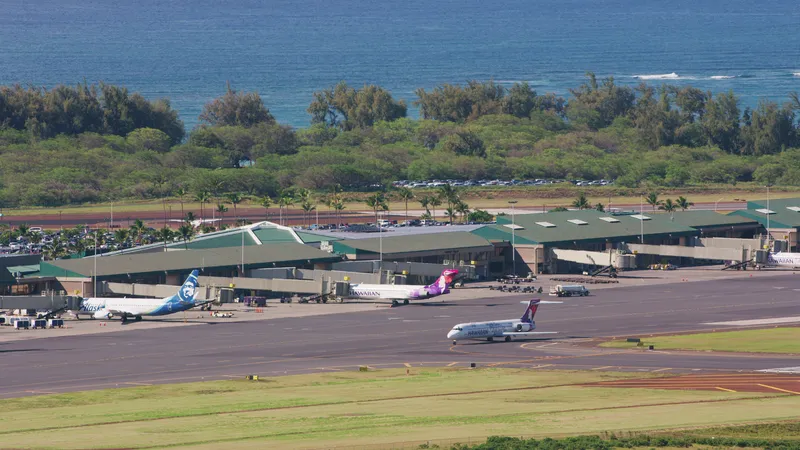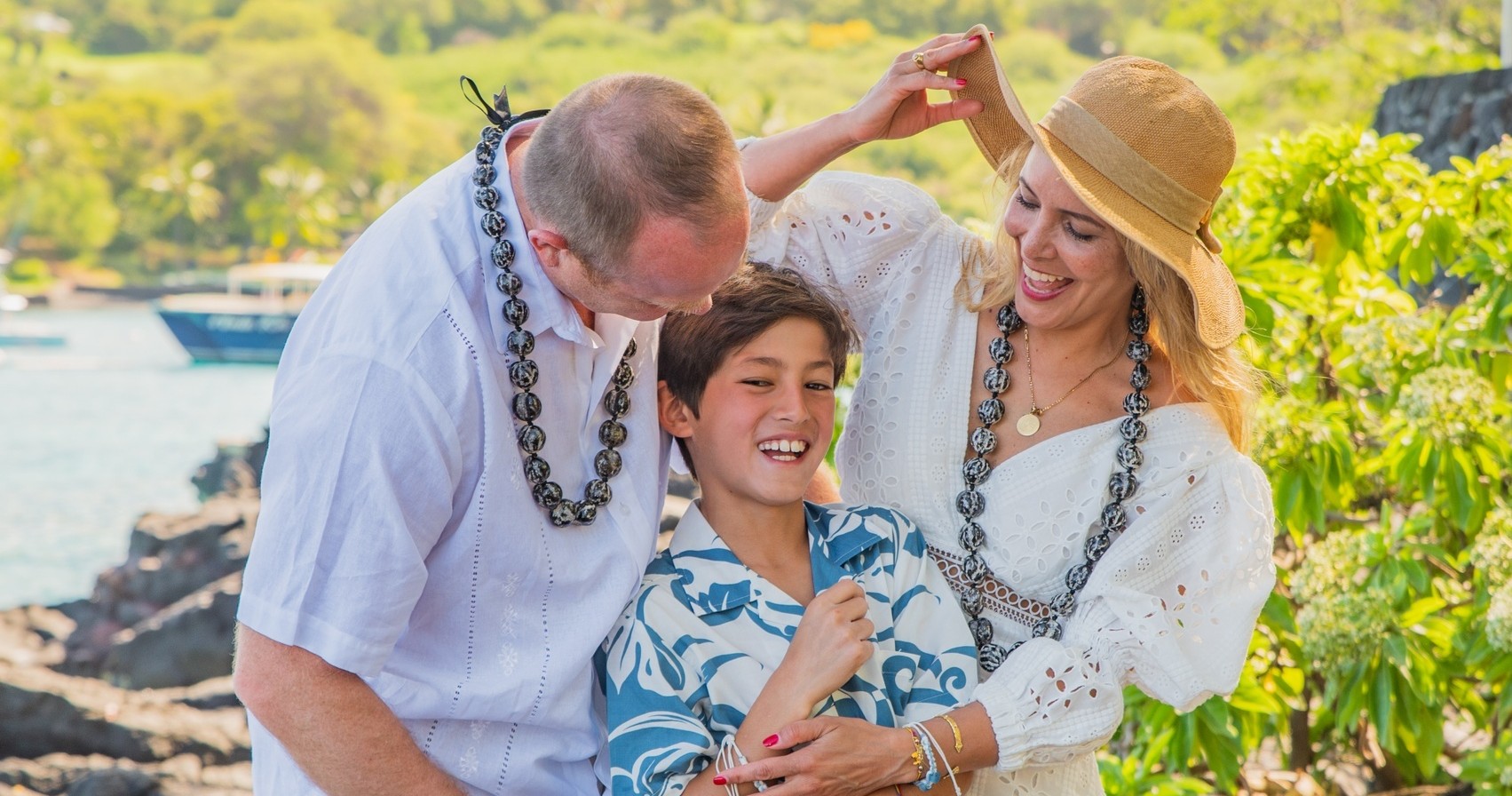
「Minivan Arrival」Honolulu Airport ⮕ Waikiki Hotels Exclusive Transfer
Family Photography Pros Oahu • Service • Honolulu • Oahu

What to Expect at the Hawaii Airport
Congratulations, you've landed at Daniel K. Inouye International Airport (HNL) on Oahu! As a designated U.S. Port of Entry, you will now go through U.S. Customs and Border Protection (CBP) inspections. Here's the typical flow:
Follow the signs for "International Arrivals" or "U.S. Customs." The airport is well-marked, but don't hesitate to ask airport staff if you're unsure. They're used to helping international visitors.
You will queue to speak with a CBP officer. You'll need to present your passport (and visa, if applicable). The officer will likely ask a few simple questions about the purpose and duration of your trip. They will also take your fingerprints and a photograph.
After inspection, you'll proceed to baggage claim to collect your luggage. From there, you will go through the final customs checkpoint.
The questions are typically straightforward: "What brings you to Hawaii?" "How long are you staying?" "Where are you staying?" Answer honestly and briefly. This isn't an interrogation; it's a routine process to verify your documentation and ensure you're eligible for entry.
The baggage claim area at HNL is large and can be busy, especially during peak travel times. Check the monitors to find your flight and carousel number. If your luggage doesn't arrive, report it immediately to your airline's baggage service office before leaving the airport.
The Form I-94 Arrival/Departure Record is now an automated, electronic process for almost all arrivals by air and sea. CBP creates a digital record of your admission. You won't receive a paper stub in your passport. If you need to prove your legal visitor status (for example, to rent a car for a long term), you can access your I-94 record online through the official CBP website.
This electronic system is more efficient than the old paper system, but it means you need to be proactive about accessing your records if needed. Save the website link and your information in case you need to retrieve your I-94 later during your trip.

While on your flight, you will likely be given a Customs Declaration Form to fill out. This is now often handled at digital kiosks upon arrival as well. It is critical to be honest on this form.
Take this very seriously. Hawaii is the only U.S. state that is rabies-free, and our ecosystem is incredibly fragile and isolated. An undeclared piece of fruit or a meat sandwich could introduce devastating pests or diseases. Declaring an item is not a crime; the worst they can do is confiscate it. Failing to declare it can result in significant fines.
This is a legal expression of our duty to mālama i ka ʻāina.
If you or your family traveling together are carrying $10,000 or more in cash or other negotiable instruments, you must declare it. Your money will not be taxed, but it must be declared.
The agricultural inspection is thorough because Hawaii's isolation has created unique ecosystems that are vulnerable to invasive species. Coffee berry borer, coconut rhinoceros beetle, and little fire ants are just a few examples of devastating pests that have been accidentally introduced to the islands. Your cooperation in declaring food items helps protect Hawaii's environment and agriculture.
Great! Now let's talk about managing your money and understanding Hawaii's tipping culture.
Money & Tipping Guide →When in doubt, declare it! Better safe than sorry.

Family Photography Pros Oahu • Service • Honolulu • Oahu

Family Photography Pros Oahu • Service • Honolulu • Oahu
